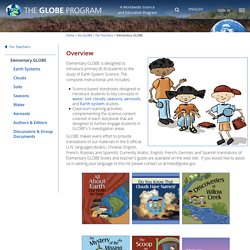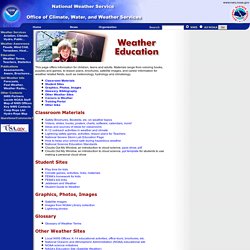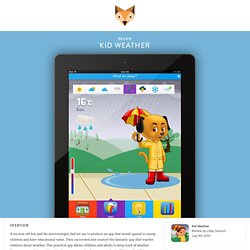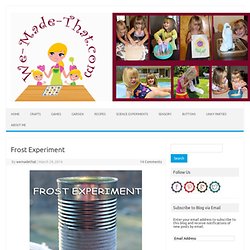

OKSci Framework [licensed for non-commercial use only] / Kindergarten Weather. K-ESS2-1 Students who demonstrate understanding can: Use and share observations of local weather conditions to describe patterns over time.
![OKSci Framework [licensed for non-commercial use only] / Kindergarten Weather](http://cdn.pearltrees.com/s/pic/th/commercial-kindergarten-180085884)
K-ESS3-2 Students who demonstrate understanding can: Ask questions to obtain information about the purpose of weather forecasting to prepare for, and respond to, severe weather. By making observations about what the weather is like, patterns in local weather can be observed. Making observations about local weather can lead to questions about weather forecasting and how it helps keep people safe.
Introduction to the OKSci Framework Return to Kindergarten Introduction Return to Kindergarten Bundles • Students can gather evidence that weather is a combination of sunlight, wind, snow or rain, and temperature in a certain place. • Students can construct explanations that describe changes in the weather they observe. Overview - GLOBE.gov. Overview Elementary GLOBE is designed to introduce primary (K-4) students to the study of Earth System Science.

The complete instructional unit includes: Science-based storybooks designed to introduce students to key concepts in water, soil, clouds, seasons, aerosols, and Earth system studies. Classroom learning activities complementing the science content covered in each storybook that are designed to further engage students in GLOBE's 5 investigation areas. GLOBE makes every effort to provide translations of our materials in the 6 official U.N. languages (Arabic, Chinese, English, French, Russian, and Spanish). Elementary GLOBE Kit and Storybook Set are available for purchase below Elementary GLOBE Kit Elementary GLOBE is designed to introduce students of grades K-4 to the study of Earth System Science (ESS). Storybook Set These Storybook Sets are comprised of five modules that address ESS and interrelated subjects including weather, hydrology, phenology and soils.
K.Weather and Climate (Part 2) - Next Generation Science Standards. The Story of Snow: The Science of Winter's Wonder. K.Weather and Climate (Part 1) - Next Generation Science Standards. NWS Education Resources. This page offers information for children, teens and adults.

Materials range from coloring books, puzzles and games, to lesson plans, brochures, satellite images, and career information for weather related fields, such as meteorology, hydrology and climatology. Classroom Materials Student Sites Graphics, Photos, Images Glossary Glossary of Weather Terms Other Weather Sites Careers/Classes in Weather General Resources (NWS is not endorseing these sites, merely providing a service.) Weather Wiz Kids weather information for kids. Temperature%20Told%20Hot%20or%20Cold.pdf. Temperature%20Tally.pdf. Watching%20the%20Weather.pdf. Cloudy%20Weather.pdf. Air%20Temperature.pdf. Oct.%20Activities_1.pdf. Curious Little Apps. Overview A six year old boy and his meteorologist dad set out to produce an app that would appeal to young children and have educational value.

They succeeded and created this fantastic app that teaches children about weather. This practical app allows children and adults to keep track of weather forecasts around the world and look at an avatar who dresses accordingly. Ultimately children are encouraged to use this app alongside a parent as an everyday tool for dressing appropriately and looking at trends in the weather. Children and adults read facts about the weather, check the weather in places all over the world, look at weather appropriate clothing, view the temperature in Fahrenheit and Celsius and graph their findings to compare their results. Learning outcome. Watching%20the%20Weather.pdf. The best educational iPad apps for kids. The Thunderstorm. A House of Seasons. Frost Experiment. If you live someplace where the temperatures drop below freezing then you are familiar with Frost.

We have left for school on many a morning and have seen the grass covered in a white shiny frost. With my oldest daughter being six and my youngest three, you can imagine that I have been asked on several occasions “MOM WHAT’S THAT!” So I thought we would do a simple Frost Experiment to show the girls what frost is and how it is formed. This experiment is very easy and only takes a few minutes for the frost to form. But the kids really enjoy it because not only can they see the frost that they have been curious about, but they can touch it and even taste it (yep they both put their frosty finger in their mouths). What is happening with this experiment? Check out our other EXPERIMENTS and visit our SCIENCE Pintrest board for more Fun Science!
Supplies Tin Can Ice Salt (rock salt or sea salt work better than table salt) Directions. 10 Simple Weather Activities for Kids that Require Little or No Prep (Free Printable)